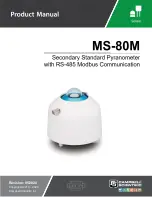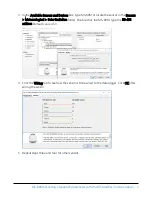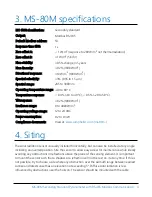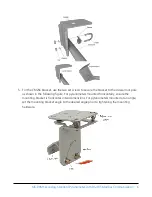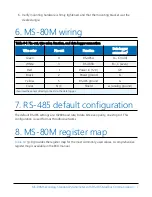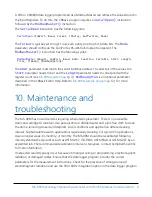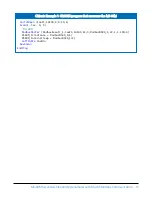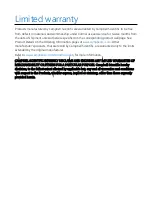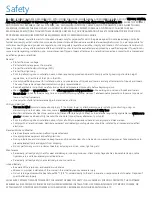
3. MS-80M specifications
ISO 9060:classification:
Secondary standard
Output:
Modbus RS-485
Default Modbus address:
53
Response time 95%:
1 s
Zero offset A:
< 1 W/m
2
(response to 200 W/m
2
net thermal radiation)
Zero offset B:
±1 W/m
2
(5 K/hr)
Non-stability:
±0.5% change in 5 years
Non-linearity:
±0.2% (1000 W/m
2
)
Directional response:
±10 W/m
2
(1000 W/m
2
)
Spectral selectivity:
±3% (0.35 to 1.5 µm )
Spectral range:
285 to 3000 nm
Operating temperature range: –40 to 80 °C
Temperature response:
< 0.4% (–10 to 40 °C), < 0.5% (–20 to 50 °C)
Tilt response:
±0.2% (1000 W/m² )
Irradiance range:
0 to 4000 W/m²
Operating voltage range:
12 to 24 VDC
Power consumption:
0.2 to 0.3 W
Compliance documents:
View at:
4. Siting
The solar radiation sensor is usually installed horizontally, but can also be installed at any angle
including an inverted position. Site the sensor to allow easy access for maintenance while ideally
avoiding any obstructions or reflections above the plane of the sensing element. It is important
to mount the sensor such that a shadow or a reflection will not be cast on it at any time. If this is
not possible, try to choose a site where any obstruction over the azimuth range between earliest
sunrise and latest sunset has an elevation not exceeding 5°. Diffuse solar radiation is less
influenced by obstructions near the horizon. The sensor should be mounted with the cable
MS-80M Secondary Standard Pyranometer with RS-485 Modbus Communication
4

